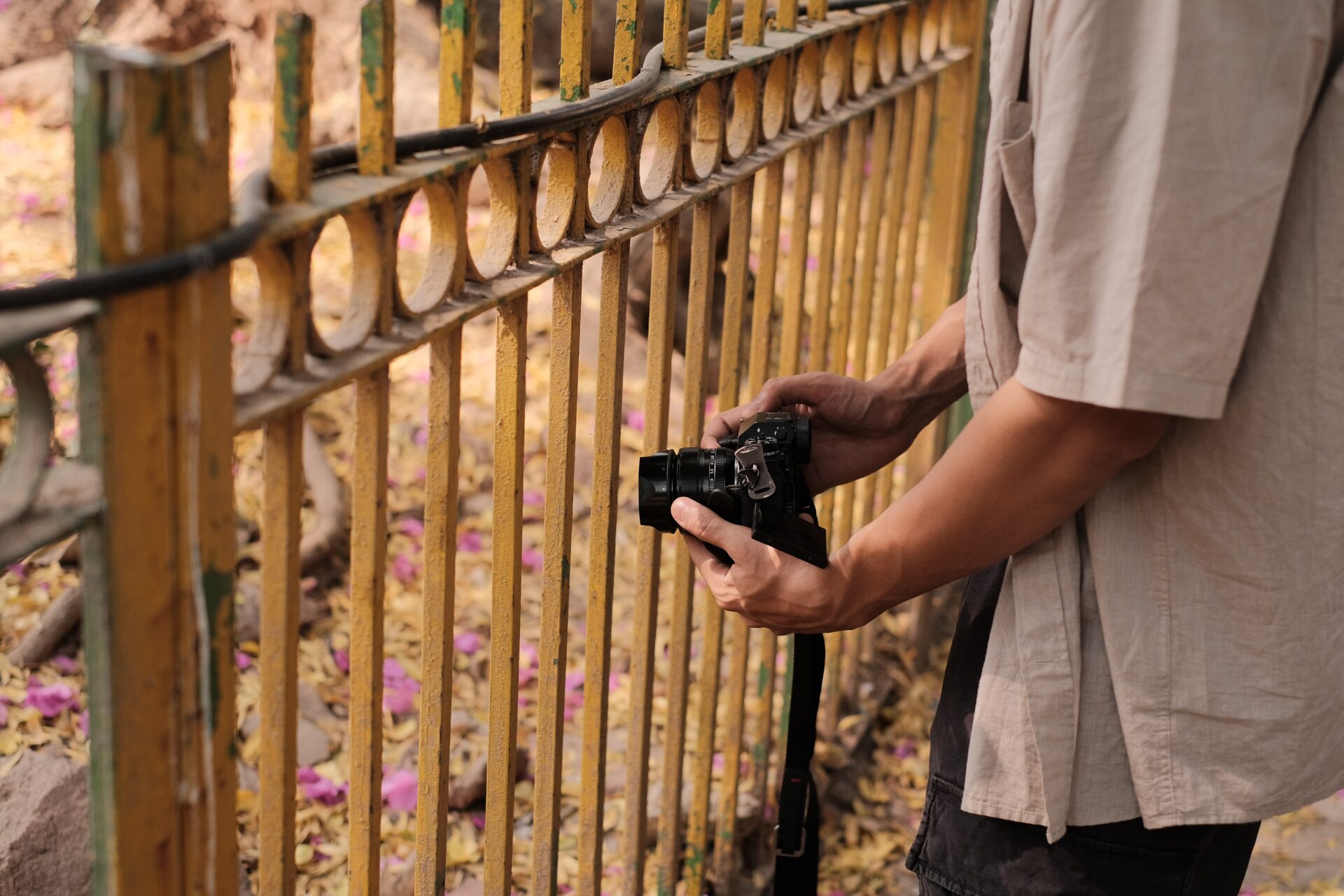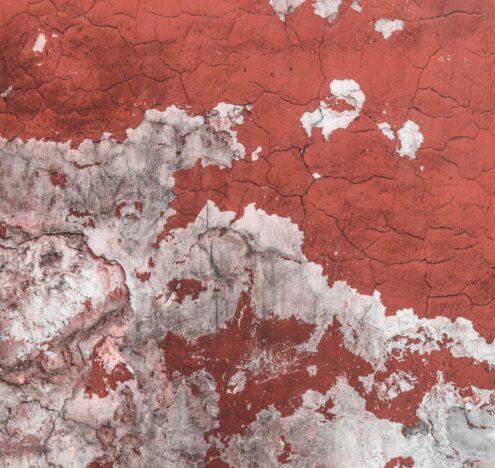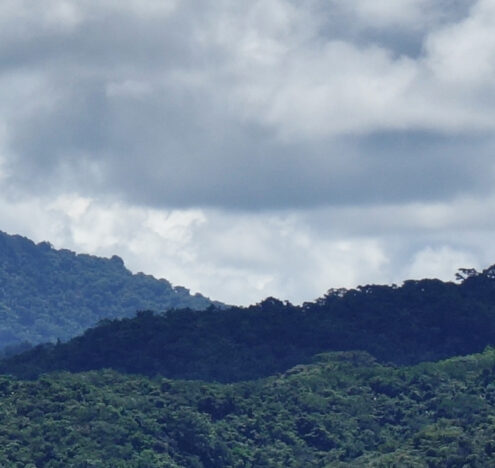Mohammad Raees was dejected when he couldn’t clear the entrance examination for a journalism course in one of India’s elite media schools back in 2006. But being Dalit – a socially marginalized caste group – and a “light boy” for wedding photographers, documenting and archiving came naturally to him.
So while pursuing a postgraduate degree in English at the University of Hyderabad, Raees started actively recording the videos of people vandalizing statues of prominent anti-caste leader Dr. Bhimrao Ambedkar and caste-based violence against the community across Andhra Pradesh in his free time.
“I didn’t really understand why no media platform was covering the issue,” Raees, a native of Nilgiris district in the southern Indian state of Tamil Nadu, said. “So I started recording the demolishing incidents through my old still Panasonic camera.”
It was, however, not until 2004 when the fact that his campus had a good internet connection, struck him and he created a YouTube page called “Dalit Camera: Through Un-touchable Eyes” and diligently started uploading the videos.
“Working as a light boy made me understand the significance of archiving and I wanted to document the everyday reality and forgotten stories of my community. So I kept on recording,” the forty-one-year-old said.
Caste in Newsrooms
Indian media houses have been heavily criticized for lacking inclusivity and diversity in the newsrooms. Not just the stories but also the storytellers come from the higher caste and class-privileged groups, making the coverage skewed.
In India, the caste system is a form of social stratification over a millennium old, which divides Hindus into rigid hierarchical groups based on their occupation. At the top of the stratum are Brahmins (the priestly group) and at the lowest are Bahujans – the combined population of Dalits (Scheduled Caste), Adivasis (Scheduled Tribes), Shudras (Other Backward Classes), Muslims, and minorities, who collectively make the demographic majority of the country.
According to a 2019 report by media watchdog Newslaundry and Oxfam India, around 88% of all leadership positions in Indian media houses are held by upper-caste journalists. Moreover, more than half of the stories on issues related to caste in Hindi and English newspapers are reported by upper-caste reporters. Only less than 5% of the articles in digital media are written by journalists from Scheduled Castes and Tribes.
The study also assessed 12 leading magazines and revealed that out of 972 stories published on their cover pages, only 10, or 1% were related to caste. Four years on, the figures have still not changed.
Furthermore, the experiences of many Bahujan youth and budding reporters are shaped by caste-based discrimination and isolation in the newsrooms, which eventually drive them to leave. Sumit Chauhan, who identifies himself as an Ambedkarite journalist – following the philosophy of prominent anti-caste leader Dr. Bhimrao Ambedkar, also has a similar tale.
“My pitches and stories would get passed on for just having an anti-caste angle,” Chauhan told Inkstick Media.
“For a Dalit journalist like me, getting an entry in Indian newsrooms is not at all easy. But what’s more difficult is getting accepted in such newsrooms which function like exclusive caste clubs where being a member of that group protects your job, gets you pay hikes, good stories, and even your favorite working shifts,” he lamented.
Burgeoning Bahujan Media
Over the last two decades, owning smartphones has become a common phenomenon in India with over 750 million people being online and actively using the internet. The cheap data plans and affordable smartphones have resulted in the rise of digital media platforms being run by anyone and everyone.
“The internet has democratized the media space,” Chauhan said. “So evidently there’s a flood of Bahujan YouTubers, content creators, and multimedia journalists creating their own news platforms and telling stories that matter.”
“We are learning the language of new media and using it to change the narrative set by upper castes editors in the newsroom.”
One such platform is Chauhan’s own “Ambedkarite” media endeavor, The News Beak (hitherto The Shudra), a community-led media organization working across the spectrum of caste, gender, and minority rights, which he launched in early 2019.
Raees’s and Chauhan’s outlets are part of many such proliferating Bahujan media platforms in the form of Facebook pages, YouTube channels, and websites which have all become active spaces for the Bahujan community to raise their issues and transcend the typical traditional media’s sensationalizing and dehumanizing coverage of the community.
Another Ambedkarite and Dalit journalist Babita Gautam, who runs The Voice Media – an independent media platform centered on the issues of Bahujan women and marginalized groups, affirms that despite being neglected by the mainstream news industry, people from her community are attempting to have a strong grip over social media.
“We are learning the language of new media and using it to change the narrative set by upper castes editors in the newsroom.”
With millions of subscribers, these platforms have imperatively enabled the transformation of the “Dalit beat” into a more inclusive and nuanced “caste beat,” where the stories on daily struggles, social and political injustices, caste-based harassment, and violence in public spaces become everyday news and are thoroughly reported by the Bahujan youth and journalists.
“We are here because of social media. And our community members are quite creatively using this as a tool. Nowadays if any caste-based atrocities occur, it’s generally our own people from the community who take pictures or make videos and post them on social media. So that at least helps us act as a pressure group,” Chauhan said.
“We no longer have to wait for the mainstream media to cover our issues.”
Creating Discernible Change
The majority of these Bahujan platforms are independent or run by a small band of journalists from the community on a self or public-funded budget. Despite the numerous challenges of financially sustaining the platform, paying the contributors and even facing trolls and hate comments over social media, Gautam is confident that this “change will prevail”.
“Every time I struggle with funds or have thoughts of giving up, I think of my community and our stories,” Gautam told Inkstick Media. “So it’s become really important for me to tell these stories and report on our issues and experiences which are often neglected by the mainstream media.”
Raees also believes there has been a positive shift towards anti-caste politics and issues with the rise of Bahujan media. “My camera never looked down upon the community members. And so my journalism has also always been sensitive and focussed towards the marginalized,” Raees said.
Dilip Mandal, a senior journalist who has extensively written on media and caste, agrees that the imbalance in the media industry is certainly witnessing a change.
“But the digital or social media space, which again is a replica of the real world structure and institution, still remains largely dominated by the Hindu upper caste. Even on Twitter, oppressor caste journalists tend to enjoy wider reach and followers than a Dalit or OBC journalist,” Mandal said.
The dominant paradigm may not have changed completely but journalists like Raees and Chauhan are hopeful and dedicatedly working towards bringing more “uncomfortable and neglected” stories to the fore.
“People have become aware and really support our cause. They read our stories, watch our videos and even give us feedback on social media,” Chauhan gleefully said. “This keeps us going. Hopefully, we will have a pan-India Bahujan channel very soon.”





















